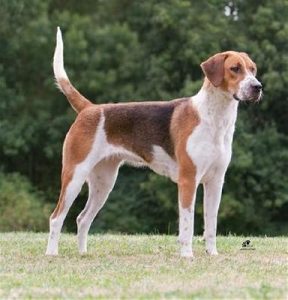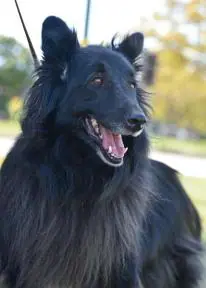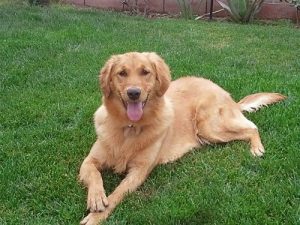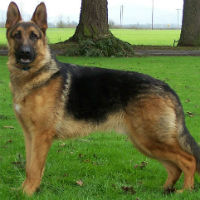Redbone Coonhound
Redbone Coonhound Rescue – Adopt a Redbone
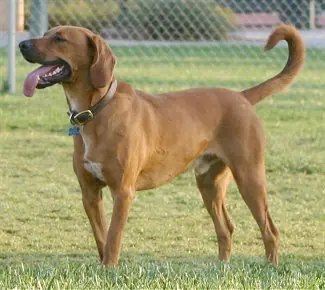
-
Breed Group : HOUND
-
Origin : USA
-
Average Height : 21" - 27"
-
Average Weight : 45 - 70 lbs.
-
Life Span : 10 -12 years
Photo Courtesy info : Coonhound Rescue
-
Size
1 2 3 4 5 6 7 8 9 10 -
Energy
1 2 3 4 5 6 7 8 9 10 -
Intelligence
1 2 3 4 5 6 7 8 9 10 -
Ease of Training
1 2 3 4 5 6 7 8 9 10 -
Hypo-Allergenic
1 2 3 4 5 6 7 8 9 10 -
Shedding
1 2 3 4 5 6 7 8 9 10 -
Good with Kids
1 2 3 4 5 6 7 8 9 10 -
Good with Other Pets
1 2 3 4 5 6 7 8 9 10 -
Guard Dog
1 2 3 4 5 6 7 8 9 10




